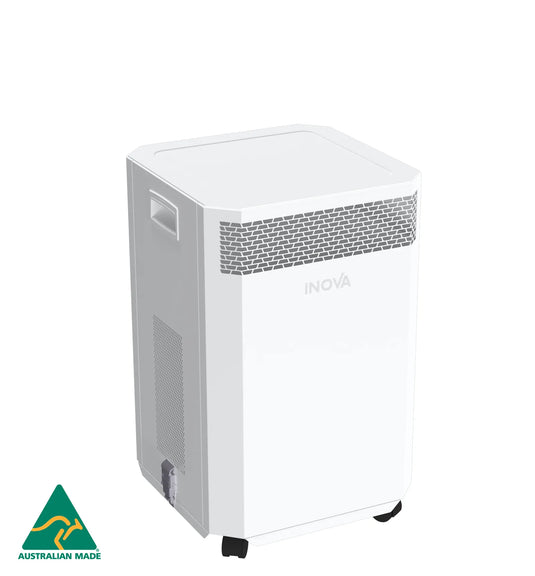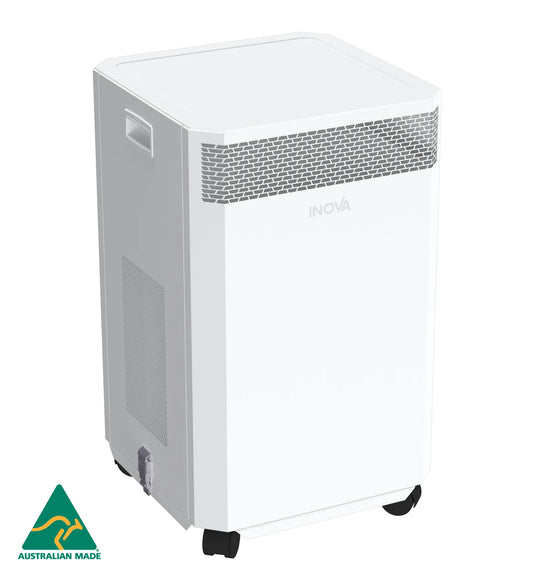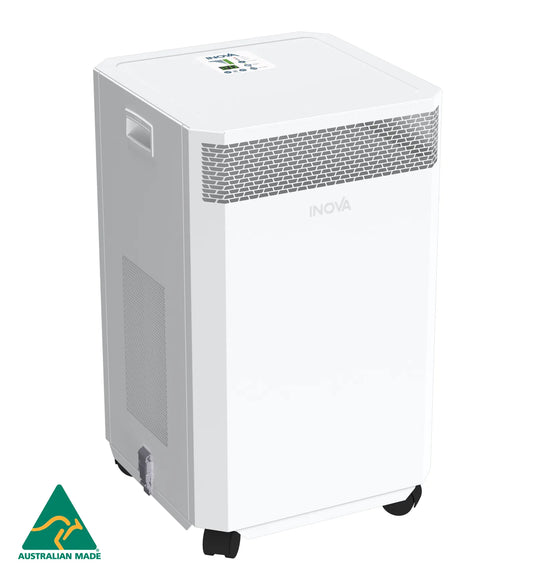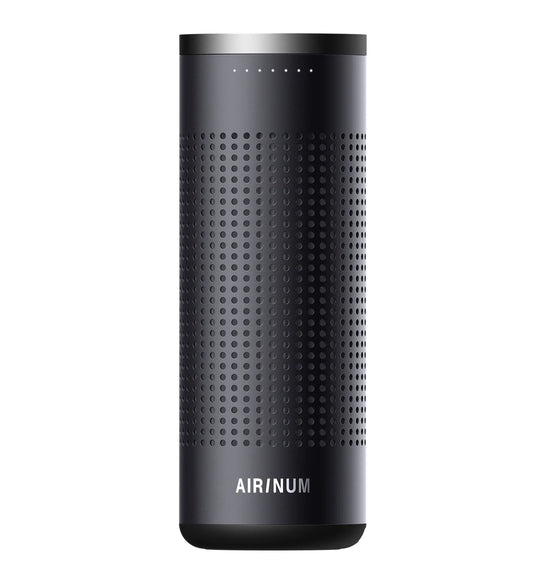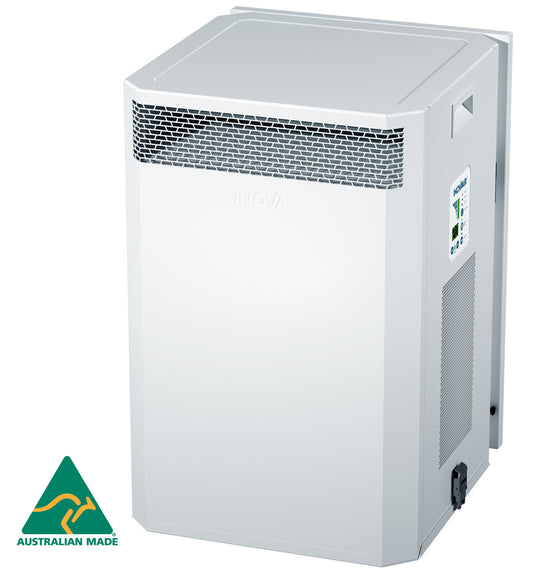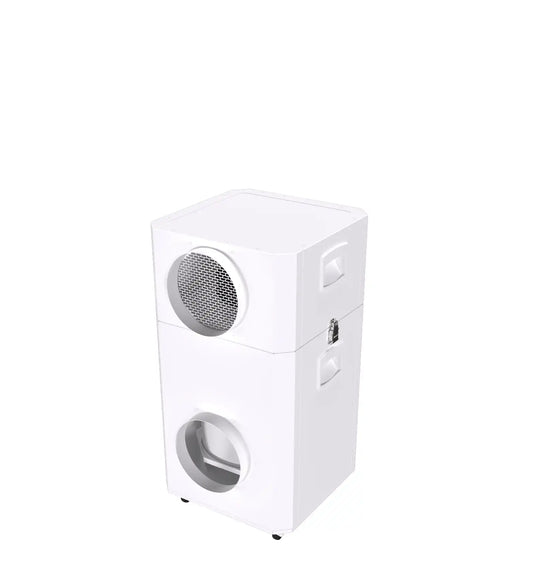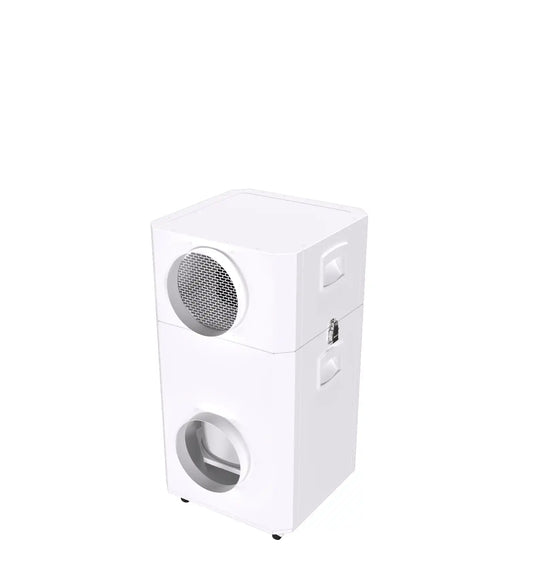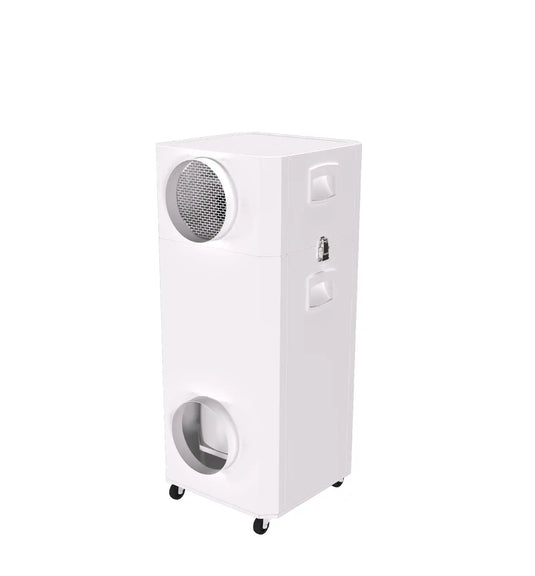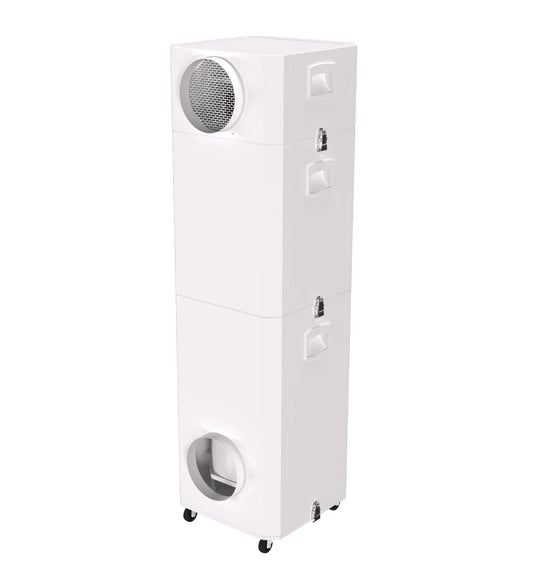Why Mould Control Matters for Your Health
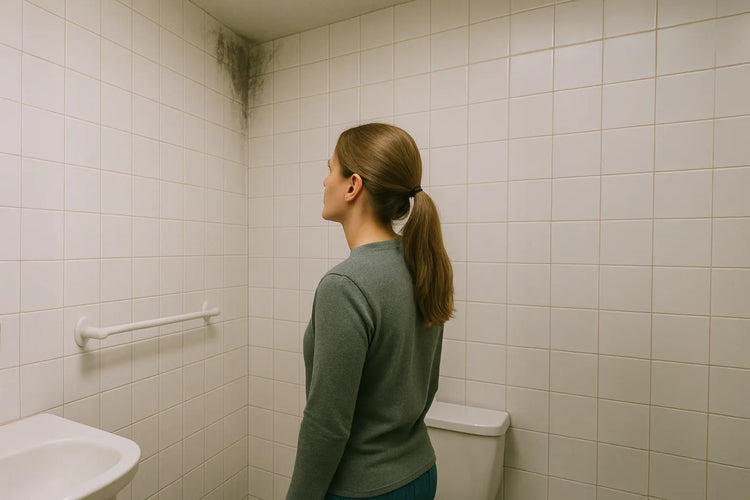
Did you know that a little mould in your bathroom corner or living room wall might be doing more than just smelling unpleasant or looking unsightly? Recent research from France shows that even the tiniest visible mould growth is associated with increased risk of asthma and worse asthma symptom control.
As an air purifier company, INOVA is always on the lookout for fresh science that helps you breathe easier. That study reinforces why mould management is not just about upkeep—it’s a matter of lung health.
What the Study Found
Here are the key takeaways of the study:
-
The research involved over 28,000 adults, part of the CONSTANCES cohort in France.
-
People living in homes with any visible mould were approximately 40% more likely to have current asthma and to report poorer control of their asthma symptoms.
-
The risk increases as the mouldy area increases. Even small patches matter; bigger patches usually mean worse symptoms.
-
Mould in high-use rooms such as bedrooms and living rooms—where people spend most of their time—had the strongest associations with asthma effects.
Why These Findings Are Important for YOU
-
Early risk starts small. You don’t need massive mould infestations for health effects; even small visible mould should be taken seriously.
-
Daily exposure matters. Since bedrooms and living rooms are where you sleep, relax, and spend large portions of your day, mould in those places disproportionately affects your respiratory health.
-
Symptom control declines with exposure. The study showed that not only are people more likely to have asthma, but also that their control over it tends to be worse if mould is present.
What You Can Do — Mould Control + Clean Air
Here are practical steps to protect yourself and your family, along with how INOVA air purifiers can help.
-
Detect and clean early
-
Regularly inspect areas prone to moisture (bathrooms, kitchen, under sinks, windows).
-
Clean small mould spots promptly using safe, mould-removing solutions or professionally, depending on severity.
-
-
Manage humidity and moisture
-
Keep indoor humidity < 60% if possible (ideally 30-50%).
-
Ensure good ventilation by using exhaust fans and promptly fixing leaks.
-
-
Air purification
-
Use H13 medical-grade HEPA filters to capture mould spores and related allergens.
- Place purifiers in bedrooms/living rooms where mould exposure is most significant.
-
-
Ongoing maintenance
-
Change filters regularly.
-
-
Consult a Building Biologist
- Consult a professional via the Australasian Society of Building Biologists website for further testing or advice for your situation.
How INOVA Purifiers Help
At INOVA, we make purifiers designed for real life—with features that matter in a mould-risk context:
-
True H13 medical-grade HEPA filtration captures mould spores and fine allergens that can trigger respiratory issues.
-
High-capacity activated carbon filtration (featuring kilograms of activated carbon) removes odours, volatile organic compounds (VOCs), and mycotoxins released by mould before they irritate your airways.
-
High airflow rates ensure that air in large rooms is exchanged often enough to dilute airborne spore concentrations.
-
Multi-stage filtration combining a prefilter + HEPA + activated carbon, so you get both particle removal and gas/odour/chemical control.
- The INOVA range of purifiers for mould - browse the full range of INOVA air purifiers that have been designed for mould.
Final Thoughts
That small patch of mould you might think can wait? It’s never “just cosmetic.” According to recent findings, visible mould—even in tiny patches—poses a measurable asthma risk, especially in the rooms where we spend the most time.
Keeping your air clean is a two-part job:
-
Prevent or remove mould and moisture, and
-
Use high-quality air purification to catch what you can’t see.
Click here to browse the full range of INOVA air purifiers that are designed to address any mould issues you might have.

